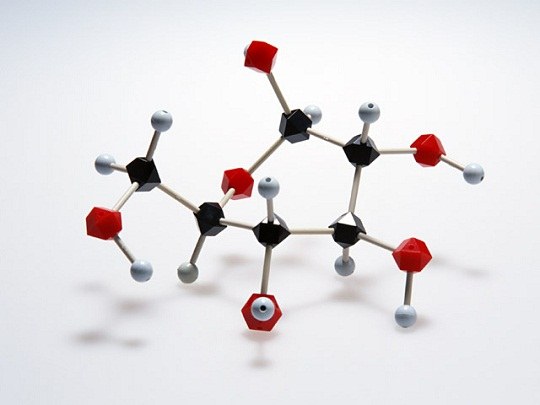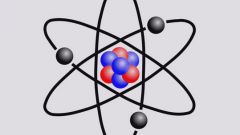You will need
- paper;
- - handle;
- - periodic system.
Instruction
1
To determine the number of electronsuse the periodic system of D. I. Mendeleev. In this table the elements are arranged in a sequence that is closely related to their atomic structure. Knowing that the positive charge of an atom is always equal to the sequence number of the element, you can easily find the number of negative particles. It is well known - the atom as a whole neutral, and therefore the number of electrons will equal the number of protons and the number of the element in the table. For example, the sequence number of aluminium is 13. Consequently, the number of electrons it will have a 13, sodium – 11, iron – 26, etc.
2
If you need to find the number of electrons in the energy levels, first follow the principle of Paul and the Hund rule. Then distribute the negative particle levels and sublevels with the same periodic system, and more precisely its periods and groups. So the number of the horizontal rows (period) indicates the number of layers of energy, and vertical (groups) on the number of electrons on the outer level.
3
Don't forget that the number of outer electrons equals the group number only elements that are in the main subgroups. The elements of side subgroups of the number of negatively charged particles at the last energy level may not be more than two. For example, scandium (Sc), 4 period, 3 group, side subgroup, their 2. In the Galia (Ga), which is in the same period and the same group, but in the main sub external electrons 3.
4
When counting electrons in the atom, please note that the last form molecules. The atoms may take, give negatively charged particles or to form a shared pair. For example, the hydrogen molecule (H2) a shared pair of electrons. Another case: in the molecule of sodium fluoride (NaF), the total sum of electrons is 20. But in the course of a chemical reaction the sodium atom gives up its electron and it is 10, and the fluorine takes - it turns out also 10.
Useful advice
Remember that on the outer energy level can only be 8 electrons. And it does not depend on the position of the element in the periodic table.






